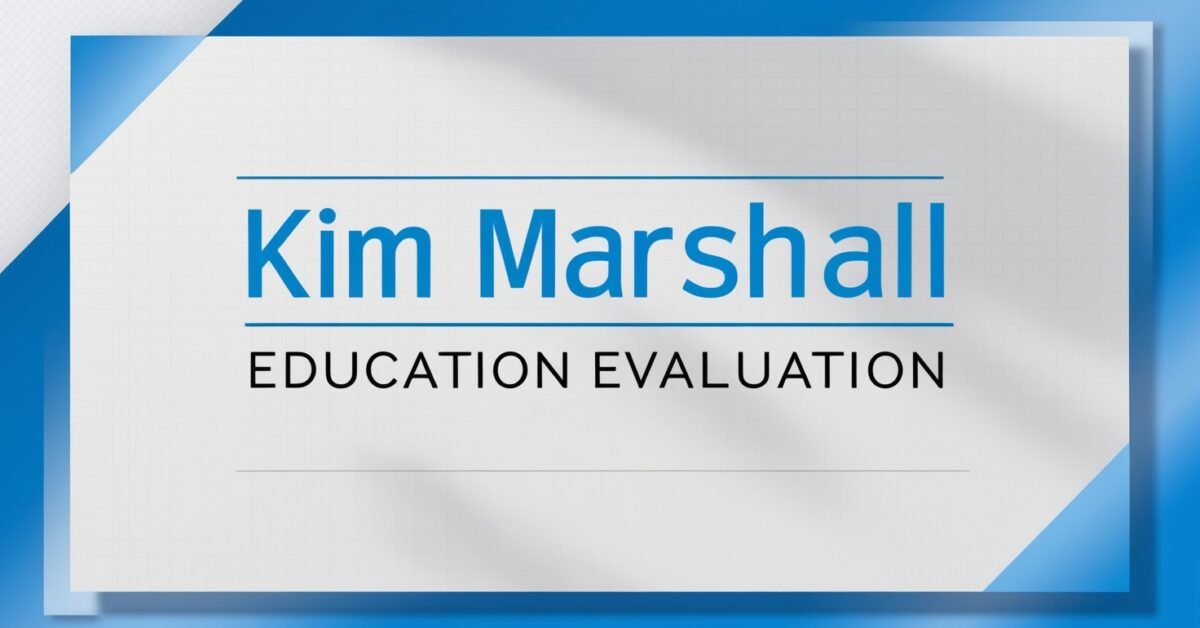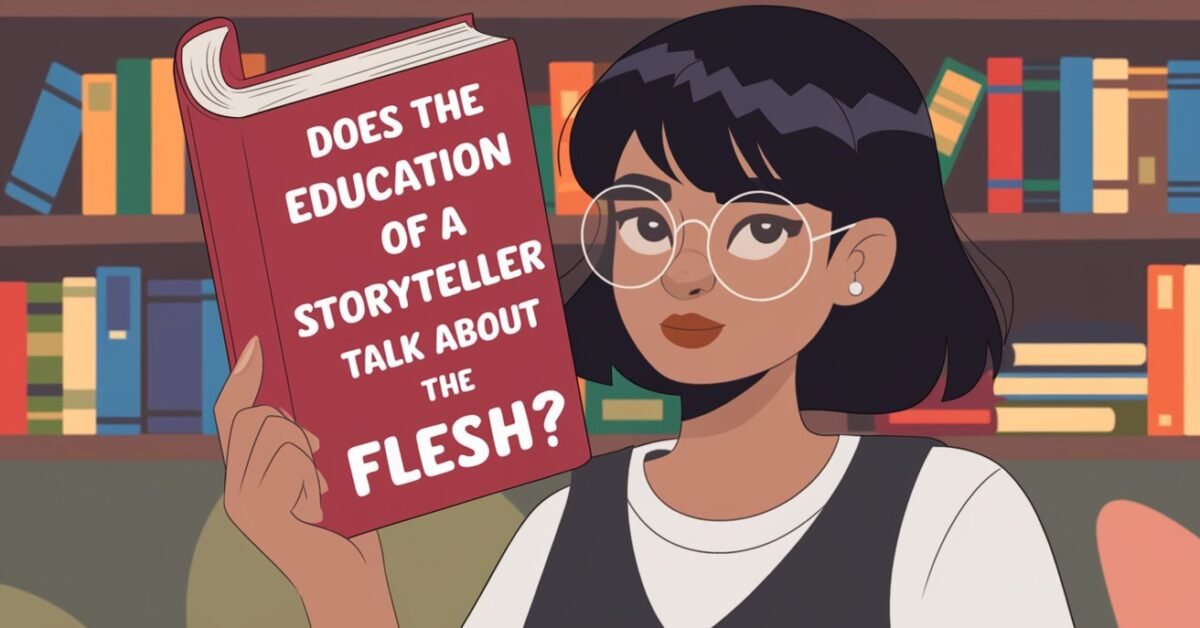Empowering Classrooms with Amber McBride Resources for Educators

Amber McBride’s literature is more than just storytelling, it’s an invitation for students to explore identity, empathy and resilience through poetic language and powerful narratives. This article serves as an in-depth guide to utilizing Amber McBride resources for educators designed to enrich classroom discussions, promote social emotional learning (SEL) and foster a supportive environment for students.
Why Amber McBride’s Work Matters in the Classroom
Amber McBride’s work stands out for its raw emotion and authentic exploration of difficult topics that resonate deeply with young readers. Her books such as Me (Moth) and We Are All So Good at Smiling tackle subjects like grief, mental health, resilience and cultural identity. These themes make McBride’s work ideal for fostering empathy and open discussions in the classroom.
- Relevant Themes: McBride’s stories delve into complex experiences and emotions including the journey of healing after loss, coping with mental health struggles and finding one’s cultural identity. These topics are particularly relevant for today’s students, who may face similar challenges in their lives.
- Diverse Representation: Her characters are from diverse backgrounds representing voices that are often underrepresented in literature. For example, Me (Moth) explores the experience of a young Black girl navigating grief and self-discovery, while We Are All So Good at Smiling brings to light mental health in the context of identity and friendship.
- Engagement Through YA Fiction: Young Adult (YA) literature is a powerful medium for engaging students as it reflects the issues and questions they grapple with in their own lives. McBride’s books invite students into a space where they can see themselves and feel understood, all while being encouraged to think critically about the stories and their themes.
Overview of Amber McBride’s Books
Using Amber McBride’s books in the classroom offers educators rich material for analysis, discussion and creative engagement. Below are two key works by McBride that can serve as resources for educators aiming to bring diverse perspectives and complex emotional narratives to students.
Me (Moth)
In Me (Moth), Amber McBride introduces us to Moth a young girl grappling with the recent loss of her family. Moth’s journey is one of self-discovery, resilience, and healing. Through her story students can explore themes of grief, hope and the search for belonging.
Discussion Points:
- Healing Through Connection: Moth’s friendship with Sani, a boy on his own journey of self-discovery, serves as a transformative element in her healing process.
- Poetic Style and Structure: McBride uses a lyrical, poetic format that adds depth to Moth’s emotions and journey. Analyzing this style can enhance students’ appreciation for poetic expression in storytelling.
Educational Benefits of Using McBride’s Books in Class
Incorporating Amber McBride resources for educators in the classroom offers numerous benefits especially in areas like social-emotional learning (SEL) critical thinking and creative expression. Here’s a look at some of the key educational advantages:
- Social-Emotional Learning (SEL): McBride’s books provide an avenue for students to engage with SEL concepts, such as self-awareness, empathy and relationship skills. The characters’ experiences allow students to reflect on their own emotions and the importance of understanding others’ feelings.
- Critical Thinking and Analysis: McBride’s complex characters and themes encourage students to analyze and discuss emotions, motivations and perspectives. This can help them develop critical thinking skills as they interpret and connect with the story’s deeper meanings.
- Creative Writing and Expression: Given McBride’s poetic style, her books are perfect for inspiring creative writing activities. Students can explore their own identities and emotions through poetry allowing them to express themselves in new and meaningful ways.
| Educational Benefit | Description |
|---|---|
| Social-Emotional Learning | Fosters empathy, self-awareness, and understanding through relatable emotionally rich narratives |
| Critical Thinking | Encourages analysis of complex themes, character motivations and symbolic language |
| Creative Expression | Inspires students to explore personal narratives and emotions through poetry and creative writing |
Lesson Plans and Discussion Topics
Educators can use the following lesson plan ideas and discussion topics as part of a curriculum that includes Amber McBride resources for educators. These activities and prompts help bring the stories themes to life and engage students in meaningful ways.
Suggested Lesson Plan Structure
- Introduction to Themes: Start with an introduction to the themes of grief, identity, mental health and resilience. Discuss why these themes matter and how students can relate to them.
- Character and Theme Analysis: Assign readings focused on character development and the exploration of main themes. Ask students to analyze how the characters grow and what challenges they overcome.
- Journaling and Reflection: Have students keep a journal where they reflect on how the themes relate to their own experiences. They might write about personal challenges or moments of resilience in their own lives.
Discussion Prompts
- For Me (Moth):
- “How does Moth’s friendship with Sani help her navigate her grief?”
- “What role does nature play in Moth’s journey of healing?”
- For We Are All So Good at Smiling:
- “How does the story address the stigma around mental health, and what lessons can we learn from it?”
- “How do the characters’ struggles with vulnerability and shame affect their journey toward healing?”
Extension Activities
- Create a Personal Poem: Have students write their own poetry that reflects a challenge they’ve faced, using imagery similar to McBride’s.
- Art Inspired by Themes: Students can create artwork that represents a scene or theme from the book, such as resilience, friendship or identity.
- Group Discussions: Organize group discussions where students share their reflections and interpretations of the story’s themes.
Additional Resources and Materials for Educators

There are several resources available to help educators bring McBride’s work into the classroom in meaningful ways. From interviews to lesson guides these tools can enhance lesson planning and make McBride’s literature more accessible.
Author Interviews and Videos
Interviews with Amber McBride provide insights into her writing process and motivations. These can be powerful tools for introducing students to the author’s perspective and deepening their understanding of her themes.
- Watch McBride’s Interviews on Diversity in YA Fiction: In these videos, McBride discusses her motivation to write stories that reflect diverse experiences making them excellent conversation starters.
Lesson Plans and Guides
Some of McBride’s books have teacher’s guides that offer structured lesson plans and discussion questions. These guides are invaluable for educators looking to cover specific themes, character studies and critical thinking exercises.
Related YA Literature
To complement McBride’s work, consider incorporating other YA books that address similar themes. Titles like The Poet X by Elizabeth Acevedo or Long Way Down by Jason Reynolds can expand students’ exploration of identity and resilience.
| Additional Resources | Description |
|---|---|
| Author Interviews | Provides insight into McBride’s motivations and the themes in her books |
| Teacher’s Guides | Offers structured lesson plans and discussion questions |
| Related YA Literature | Expands on McBride’s themes with works like The Poet X and Long Way Down |
Tips for Teaching Sensitive Topics
McBride’s work often touches on sensitive subjects, such as mental health and grief. Here are some strategies for handling these topics with care in the classroom.
- Creating a Safe Space: It’s essential to establish an inclusive and supportive environment where students feel comfortable sharing. Begin by setting guidelines for respectful discussions and emphasize that everyone’s perspective is valued.
- Guiding Discussions on Mental Health and Identity: Be prepared for students to share personal experiences related to the themes in McBride’s work. Encourage empathy and respect, and remind students that mental health struggles are common and valid.
- Handling Emotional Responses: Some students may find the material emotionally challenging. Offer support by letting them know they can take a break or speak with a counselor if they need to process their feelings.
Conclusion
Incorporating Amber McBride resources for educators in the classroom offers an opportunity to engage students in deep, meaningful conversations about themes that reflect their realities. McBride’s books bring forward the voices of diverse characters allowing students to see themselves in literature while learning the value of empathy resilience and friendship.
Read Also: Luxury Education Events




